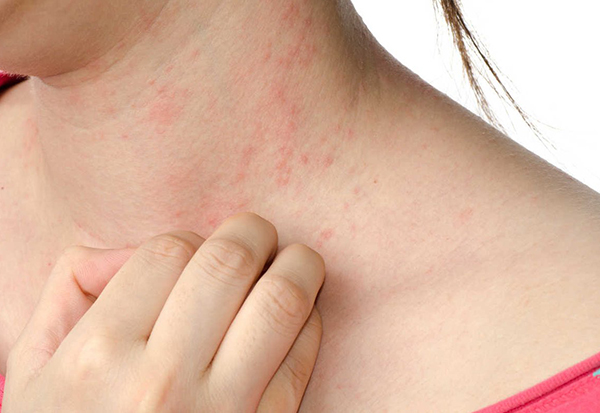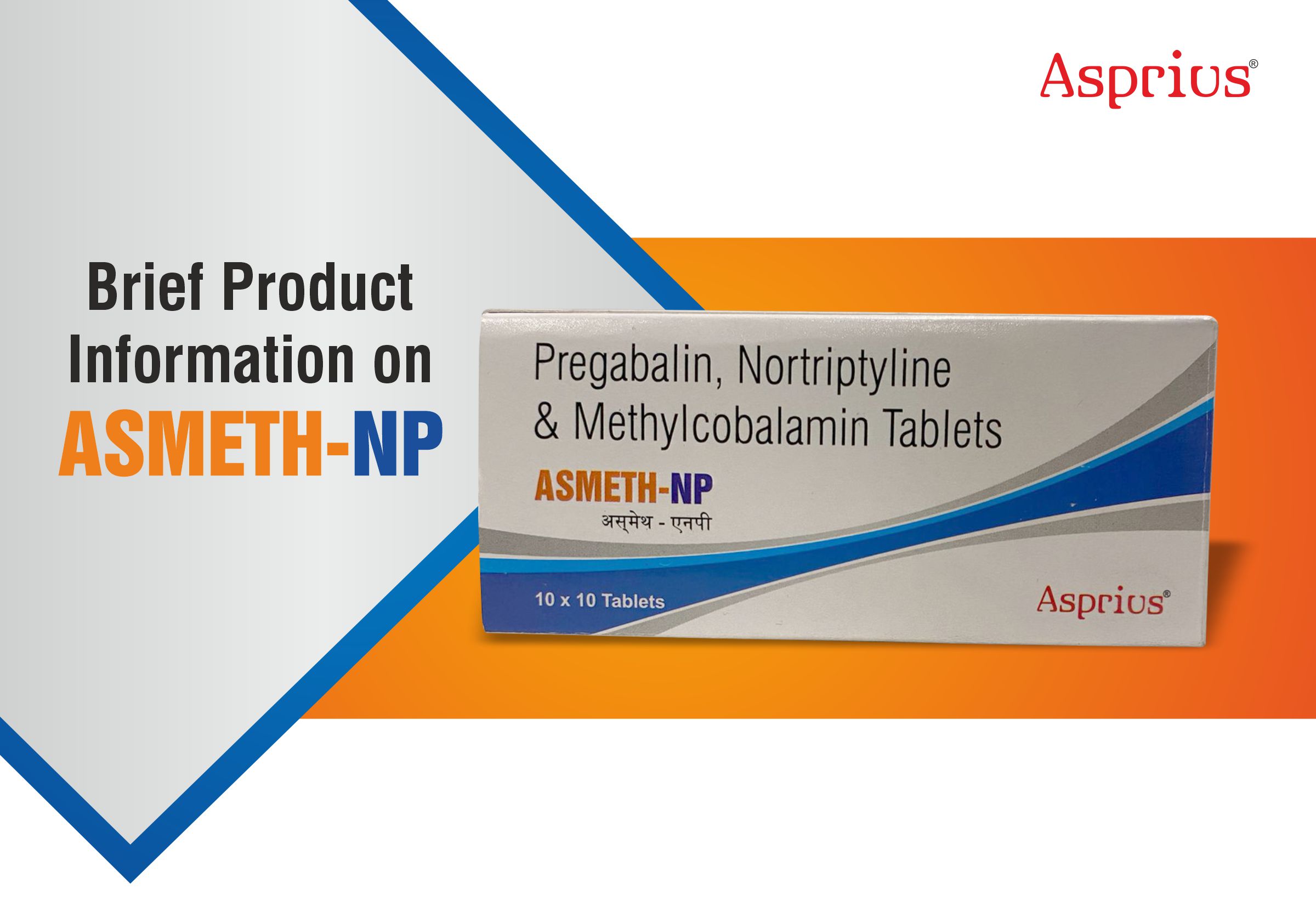
Dr. Sanjay Agrawal
Leading Pharmaceutical consultant and editor-in chief of IJMToday

ASPIVIT-L SYRUP – ANTIOXIDANTS AND METABOLISM
Oxidative stress reflects an imbalance between the systemic manifestation of reactive oxygen species and a biological system’s ability to readily detoxify the reactive intermediates or to repair the resulting damage. Disturbances in the normal redox state of cells can cause toxic effects through the production of peroxides and free radicals that damage all components of the cell, including proteins, lipids, and DNA. Oxidative stress from oxidative metabolism causes base damage, as well as strand breaks in DNA. Base damage is mostly indirect and caused by reactive oxygen species (ROS) generated, e.g. O2− (superoxide radical), OH (hydroxylradical) and H2O2 (hydrogen peroxide).Further, some reactive oxidative species act as cellular messengers in redox signaling. Thus, oxidative stress can cause disruptions in normal mechanisms of cellular signaling.
Various metabolisms play a very important role in generation of free radicals which also involves normal day to day activity and disease process. Oxidative stress is suspected to be important in neurodegenerative diseases including Lou Gehrig’s disease (MND or ALS), Parkinson’s disease, Alzheimer’s disease, Huntington’s disease, Depression, and Multiple sclerosis. Indirect evidence via monitoring biomarkers such as reactive oxygen species, and reactive nitrogen species production, antioxidant defense indicates oxidative damage may be involved in the pathogenesis of these diseases, while cumulative oxidative stress with disrupted mitochondrial respiration and mitochondrial damage are related with Alzheimer’s disease, Parkinson’s disease, and other neurodegenerative diseases.
Oxidative stress is thought to be linked to certain cardiovascular disease, since oxidation of LDL in the vascular endothelium is a precursor to plaque formation. Oxidative stress also plays a role in the ischemic cascade due to oxygen reperfusion injury following hypoxia. This cascade includes both strokes and heart attacks. Oxidative stress has also been implicated in chronic fatigue syndrome. Oxidative stress also contributes to tissue injury following irradiation and hyperopia, as well as in diabetes.
Oxidative stress is likely to be involved in age-related development of cancer. The reactive species produced in oxidative stress can cause direct damage to the DNA and are therefore mutagenic, and it may also suppress apoptosis and promote proliferation, invasiveness and metastasis. Infection by Helicobacter pylori which increases the production of reactive oxygen and nitrogen species in human stomach is also thought to be important in the development of gastric cancer.
During lipid peroxidation of cell membrane in presence of oxygen releases fatty acid and cholesterol with generation of oxygen free radicals. That also alters membrane fluidity and permeability and damage cell membrane.

An antioxidant is a molecule that inhibits the oxidation of other molecules. Oxidation is a chemical reaction that can produce free radicals, leading to chain reactions that may damage cells. Antioxidants such asthiol or ascorbic acid (vitamin C) terminate these chain reactions.
To balance the oxidative state, plants and animals maintain complex systems of overlapping antioxidants, such as glutathione and enzymes (e.g., catalase and superoxide dismutase) produced internally or the dietary antioxidants, vitamin A, vitamin C and vitamin E.




